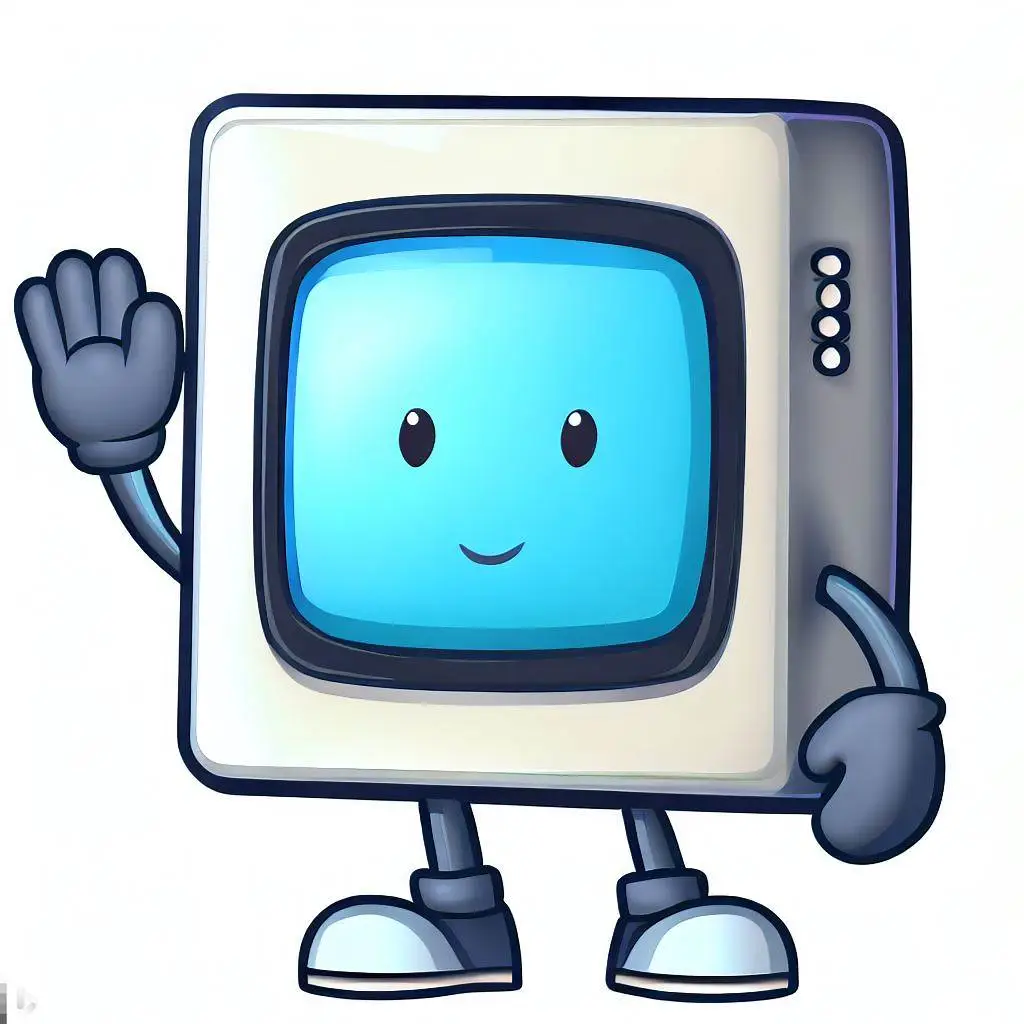Between groceries and restaurants, Americans are spending more of their income on food than they have in 30 years.
That’s according to the latest data from the USDA, which shows that U.S. consumers spent more than 11% of their disposable income on eating — whether at home or at a restaurant — in 2022, the highest percentage since 1991.
“This is really a metric that’s about the share of our disposable personal income which the USDA tracks, and which recently was at essentially a 31-year high,” Jesse Newman, food reporter for the Wall Street Journal, told CBS News.
Experts say painfully high food prices, and ongoing inflation more generally, help explain why many Americans are down on the economy despite low unemployment, rising wages and steady economic growth. Inflation is expected to continue slowing this year, with the National Association for Business Economists on Monday forecasting that the Consumer Price Index (CPI) — a basket of common goods and services — will decline to an annual rate of 2.4% this year, compared with 4.1% in 2023 and 8% in 2022.



A little curious how much is being spent on delivery services. Not trying to sound like boomer punching down. Like everyone else, I’ve noticed the significantly higher prices at grocery stores. But I’ve also noticed a lot of my coworkers use food delivery apps when our office is a very short drive to two groceries and a dozen restaurants. And we get an hour for lunch.
I don’t see how allowing someone else to grab and deliver the same amount of groceries should have any baring what so ever on prices. It doesn’t change demand, it changes the final delivery mechanism after the point of sale.
It doesn’t change demand, but it does change pricing and shift demand to convenience.
If Moto’s experience is the same as what I’ve seen, choosing delivery over purchasing in person doesn’t just add a delivery charge, but also increases prices across the board, and then adds a service charge for delivery.
I suppose the argument for groceries is that an employee’s time is spent collecting the goods before the delivery method. But in a fast food scenario where everything is made to order, regardless of dine-in, dine-out, drive-thru, or delivery, an increased price point across the board, before the delivery surcharge, is tough to accept. Though I understand that if restaurants aren’t managing their own deliveries, they are often embedding third-party delivery app charges in their prices.
All of that to say, while I understand the arguments, I also know there’s profit being made at each step, and they can only keep gouging for so long before the whole house of cards comes crumbling down.
He’s not saying it was pushing prices. He was saying it was potentially a big driver of the OP headline.
Yes, prices are going up, but a potential big factor in the increase of spending on food could be associated delivery costs.
They are likely considered part of “money spent on food” as calculated by the study, and have been a much more prevalent thing since the pandemic.
No, that’s literally my point. The peice at the grocery store is BEFORE delivery service charges. Delivery isn’t food. It’s delivery. Grocery prices have gone up by this amount at least around here. I’m saying greedlfation has been bad on food.
I’ve seen delivery drivers picking up orders at 7-11.
Boggles the mind that someone would pay essentially double for a hoagie.
The main reason I use food ordering apps is because I don’t want to attempt to place an order over the phone with someone who talks too fast, mumbles, and apparently has never ordered food before because they don’t tell you how long it will take or how much it’s going to be and will get my order wrong with no paper trail.
deleted by creator